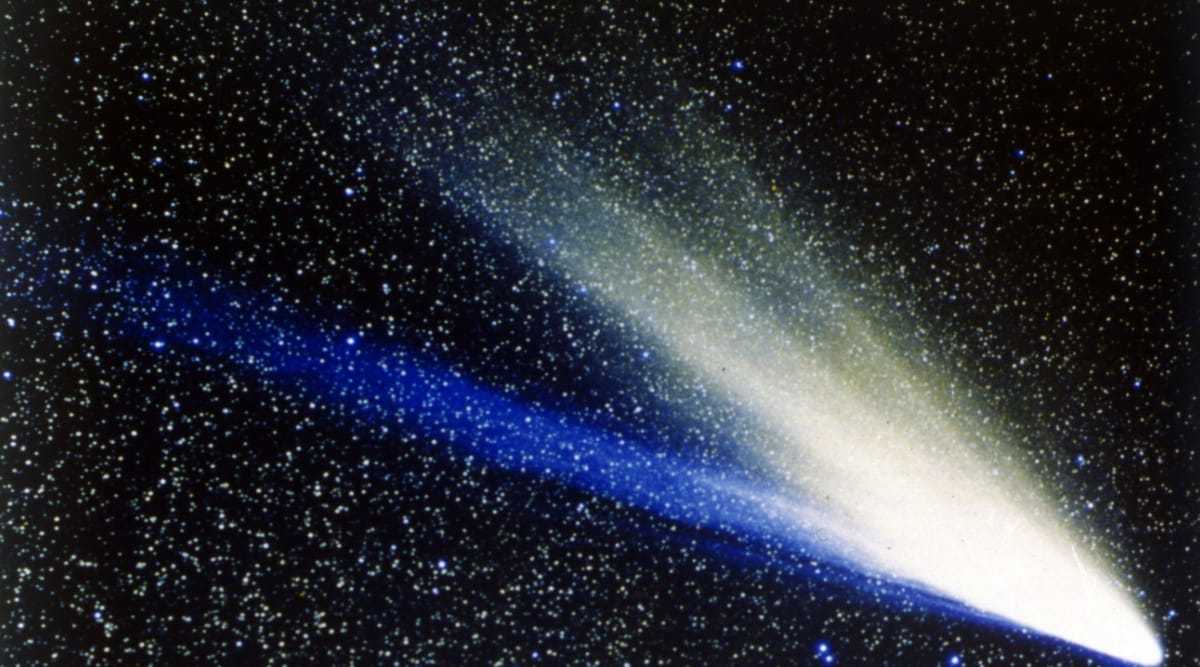Recently announcing their achievements, U.K. engineers are ready to begin their work on a comet-chasing spacecraft that will track down and map one of the celestial objects in three dimensions. According to sources, Thales Alenia Space, with three sites in the U.K., has won the contract to design and build the mother ship. The contract is from the European Space Agency and costs around 150 million-euro ($182 million). It is related to the company’s Comet Interceptor mission.
The mission aim’s to unlock the secrets of the early evolution of the solar system. Scientists are aiming to find the answers to questions such as how water came to be on Earth. According to sources, they want to do so by studying “pristine” comets on their first approach to the Sun.
Reports indicate that mission will most likely target a comet travelling from the Oort Cloud, which is a band of icy debris-about halfway between the Sun and the nearest another star. According to scientists, The mission “will not only further our understanding of the evolution of comets but help unlock the mysteries of the universe.”
As we know, Comets are the remains of the formation of planetary systems. These are much similar to Earth’s own solar system approximately 4.6 billion years ago. They are made from ice, dust, and rock, and they spew gases as they approach the Sun, creating a visible “tail.”
The Comet Interceptor will remain parked in orbit, possibly for years, until it picks up on its target comet. It will be then be set on a course to intercept the object deploying the two probes built by the Japanese agency. They will then make close passes to the nucleus of the comet and beam data back to the main craft.








